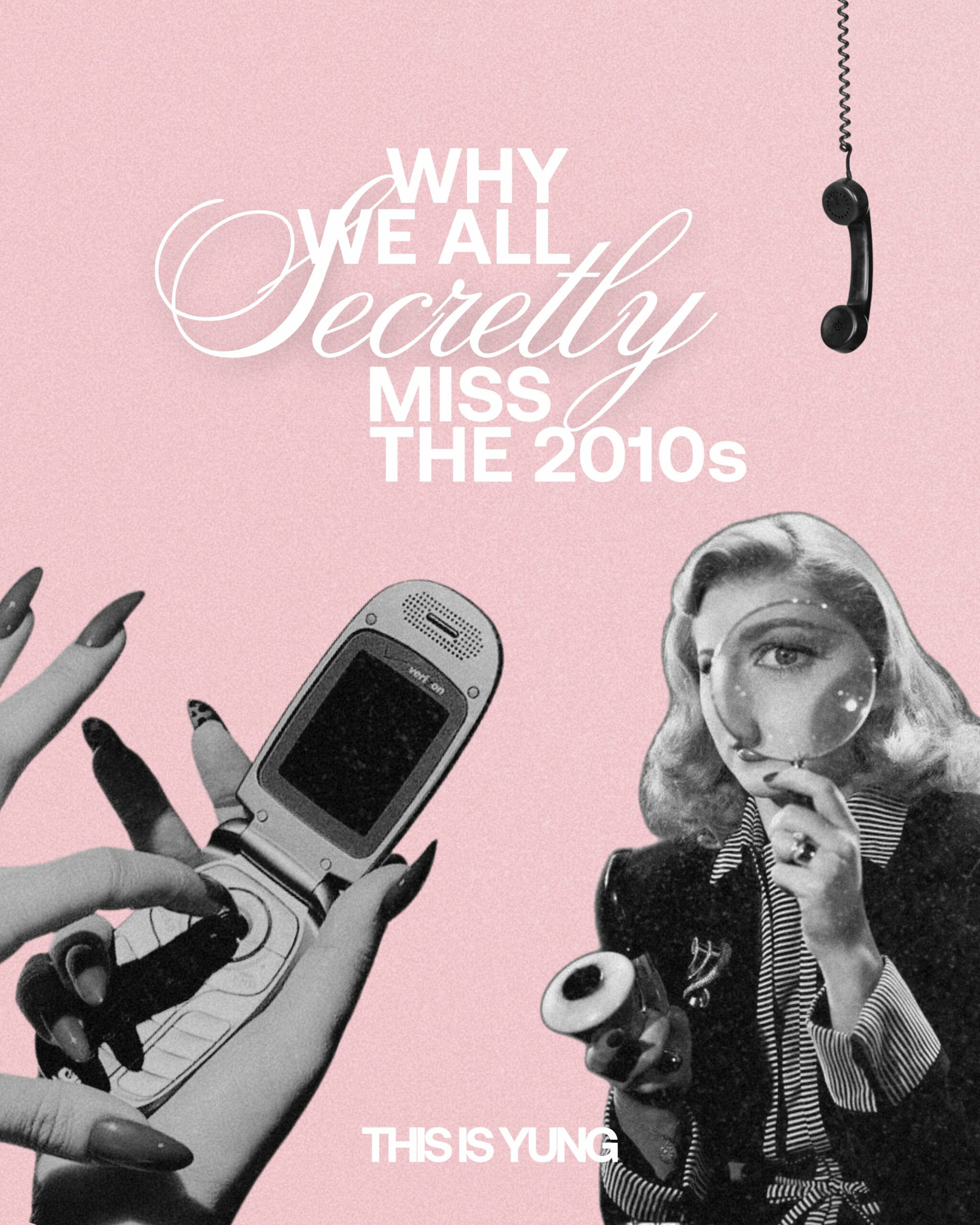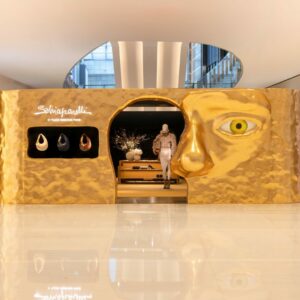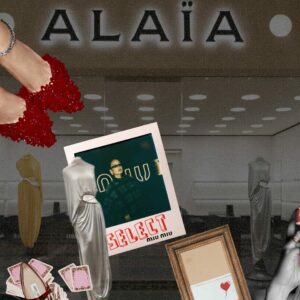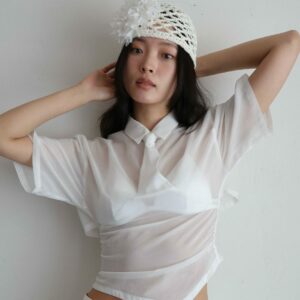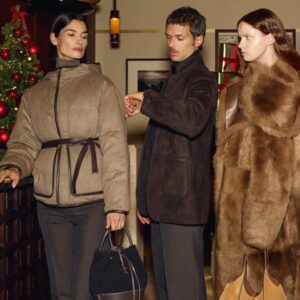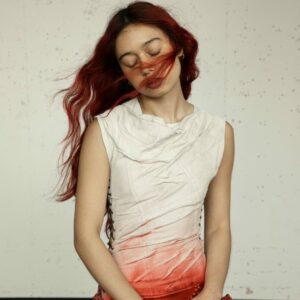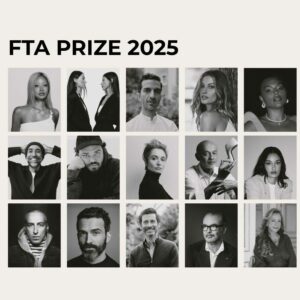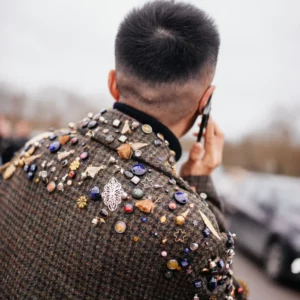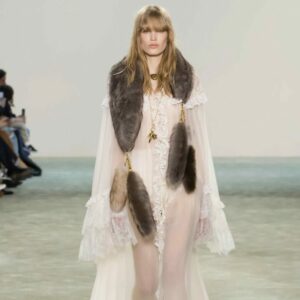Once maligned as a fashion faux pas of flower crowns and ombré hair, the early 2010s are undergoing a quiet, heartfelt re-evaluation. Away from the ironic Tumblr memes and Diplo-fuelled flashbacks, there’s a whisper of something softer — a real, if reluctant, longing. Against the hyper-curated chaos of today, the era’s particular brand of messy earnestness feels, dare we say it, refreshing.
A Simpler Kind of Internet
Before the algorithm learned to predict our every thought, before every outfit was a brand partnership in disguise, the internet was a looser, less performative place. Twitter was chaotic and hilarious, Tumblr was achingly romantic, Instagram was blurry brunches without the spectre of “content creation” looming over it all.
We didn’t post for a personal brand — we posted because we thought the Valencia filter made our coffee look artsy. It was naïve, it was often cringe — but it was real.
Today’s polished, professional-grade feeds make the early 2010s look like a golden era of unselfconscious joy. A time when our online selves were still in soft focus, rather than ultra-HD.
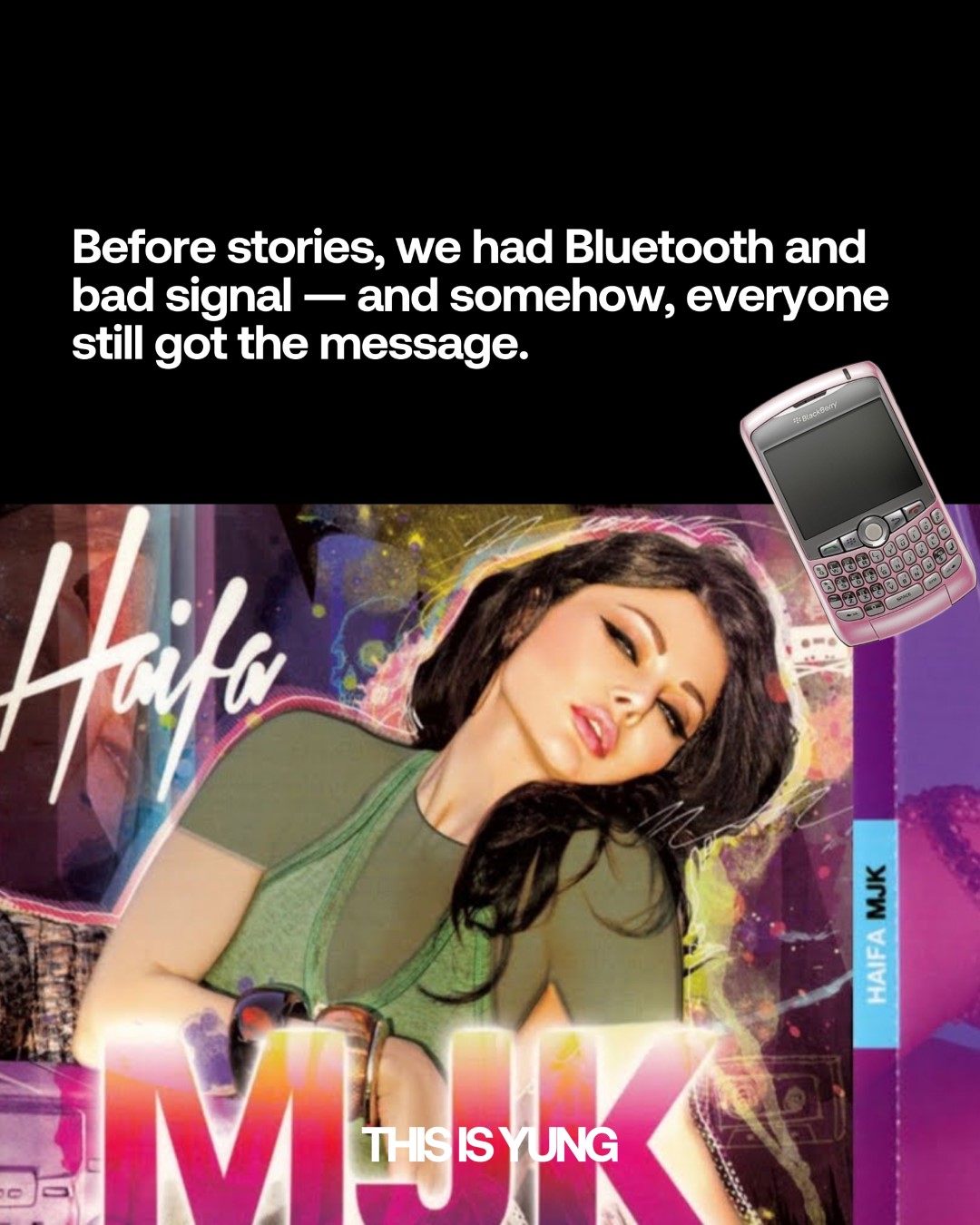
The Fashion: Cringe, but Make It Free
Yes, we collectively wore bodycon dresses and Jeffrey Campbell Litas. Yes, we over-accessorized with chunky statement necklaces. But there was an earnestness to early 2010s fashion that feels almost rebellious now. Trends weren’t filtered through a 400-slide TikTok discourse; they simply happened, spread organically through blogspots and Polyvore sets.
There was a kind of freedom in getting it wrong. In pairing peplum tops with skinny jeans without worrying about the thinkpieces. In buying a galaxy-print dress because it made you feel like a space princess, not because it perfectly aligned with your curated aesthetic board.
Culture Was Allowed to Be a Little… Bad
The early 2010s gave us Gossip Girl, Twilight, Lana Del Rey’s Born to Die — a cocktail of glamour, melancholy, and beautiful absurdity. Cultural taste wasn’t policed by pseudo-intellectual hot takes within an hour of a new release. You could like what you liked, whether that was existential Tumblr poetry or The Hunger Games soundtrack.
There was a sense of permission to simply feel things without immediate analysis, to immerse yourself in art — high, low, and everything in between — without a neatly packaged critique.
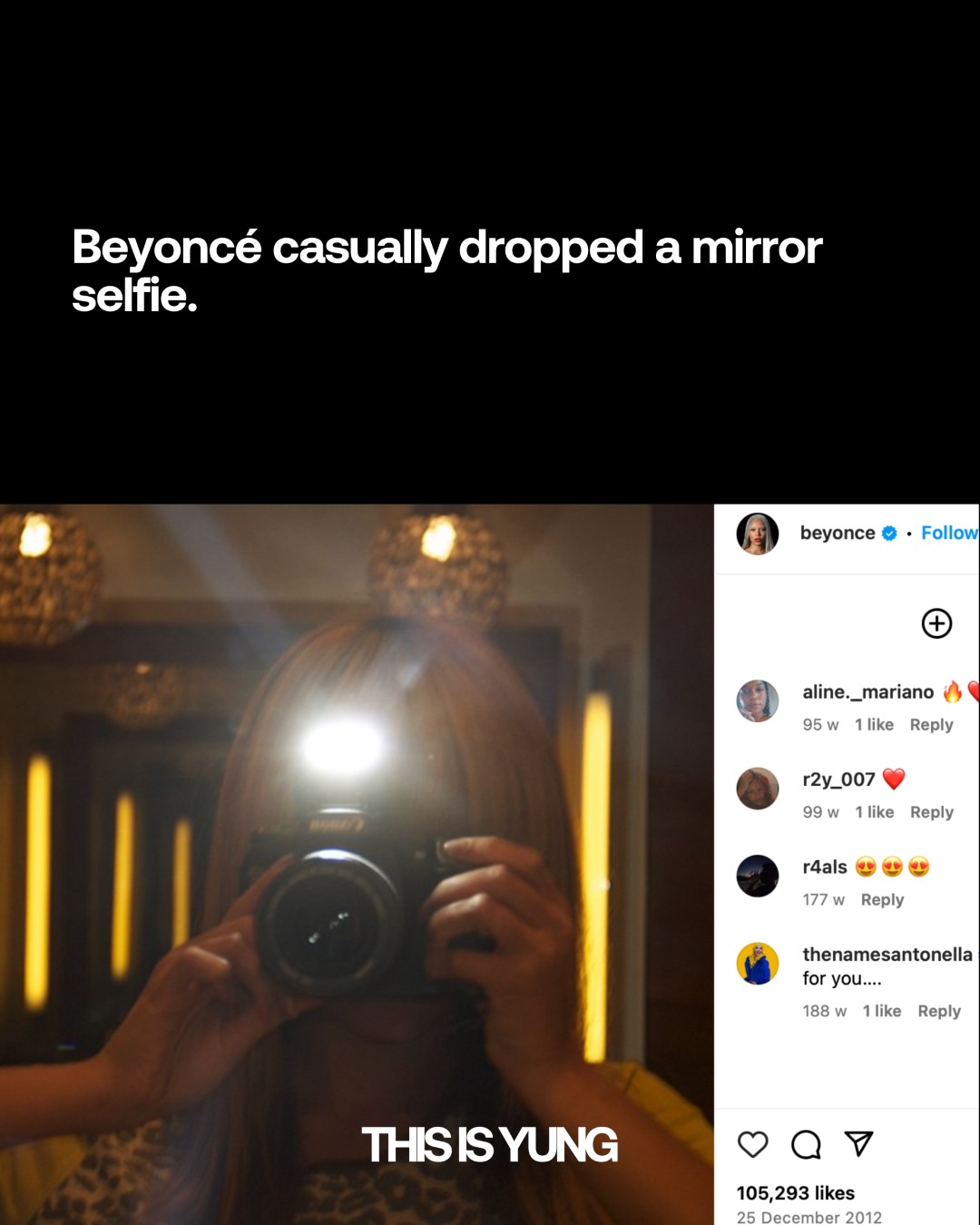
We Had Hope (Even When We Were Cynical)
Perhaps the real reason we miss the early 2010s is that they existed in a fleeting, precious window: post-2008 crash disillusionment, pre-2016 political nightmare. The mood was cynical, yes, but there was still a belief that things could be different, better. That art, internet culture, fashion — all of it — could offer escapism without the crushing awareness that it was just another cog in a broken system.
We danced ironically to “Call Me Maybe,” posted grainy photos of our DIY dip-dye jobs, and believed that the world was ours for the taking — or at the very least, ours to aestheticize.
Nostalgia as Resistance
Nostalgia for the early 2010s isn’t just a symptom of growing up. It’s a quiet yearning for a time before algorithms, before life online became a constant performance. Before every aesthetic choice was a decision tree of self-branding, audience targeting, and monetisation.
In its imperfect, cringey, beautifully chaotic way, the early 2010s offered something we’re desperately missing now: the freedom to exist a little more messily. And if that means dusting off our old Tumblr passwords and embracing a flower crown revival? So be it.
For more stories of culture, visit our dedicated pages and tune in to our Instagram feed.
